
What is cataract?
Cataract is a defective eye condition which is quite common worldwide. It is mostly associated with old age but can rarely manifest in adolescents or children, as well. In this anomaly, the natural lens of the eye which resembles a clear and transparent glass becomes cloudy making it difficult for the light rays to penetrate it. Consequently the vision is affected as only dim images are formed at the retina. To be more precise, the term ‘cataract’ denotes this cloudy lens.
The comforting part is that, it is generally possible to restore the vision completely. With the advent of modern technology in cataract surgery, patients can return home within an hour of surgery and get back into their routine work pretty quick.
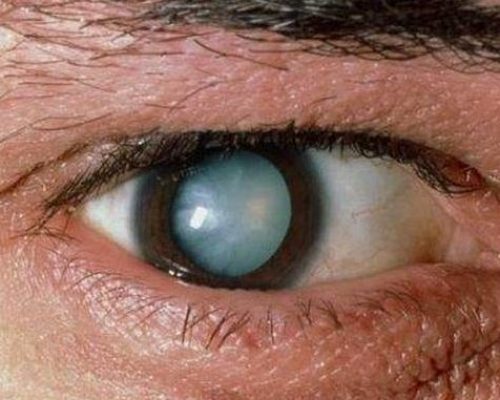
- Aging process is the general universal cause
- Diabetes, Smoking cause early onset of cataract
- Eye injuries, Steroid medicines, Kidney diseases can trigger cataract formation
- Poor fetal development or infection in the uterus can cause cataract in new-born
- Perception of dim images
- Increased sensitivity to bright light and glare
- Problem with night vision
- Frequent variation in eye power prescription
- Seeing circular rings around lights
- Perception of colours in their unreal faded versions and yellowing of colours
Surgery cannot be skipped in the treatment of cataract. In the microsurgery done for about less than half an hour, the surgeon removes the defective natural eye lens and implants an artificial lens to perform the functions of natural lens.
Surgery techniques can be classified as traditional SICS and modern Phaco emulsification surgery
- Small incision cataract surgery with IOL (SICS)
- Phaco Emulsification cataract surgery with foldable IOL
Surgery types
- Modern technology enabling IOL insertion though a micro cut (1.8 mm incision)
- Better vision clarity
- Quick recovery due to smaller wound
- Back to daily routine in few days
- Involves break down of cataract into tiny pieces and extraction via small cut (2.5 mm incision) using phaco machine
- Walk in and Walk out procedure; No admission required
- Clear vision
- Back to daily routine in a week
- Traditional method of cataract removal with a bigger cut (3 – 4 mm size incision)
- Cataract removal is done manually
- Requires 1 month bed rest
Phaco emulsification surgery procedure
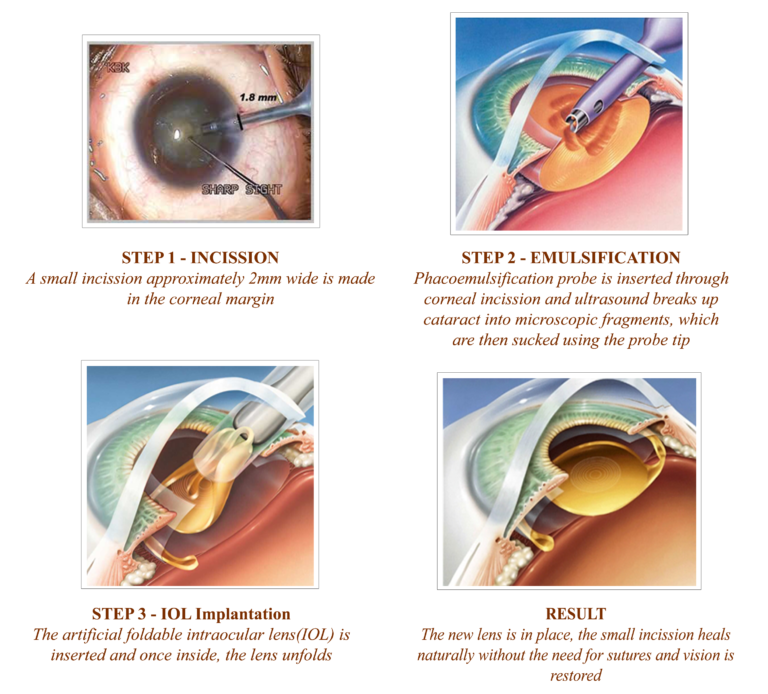
What is IOL?
Intra-Ocular Lens (IOL) are the artificial lens that are placed inside eye after removing the natural cataract formed lens
i) Based on nature of lens
Hydrophilic: Once implanted, there is a possibility of growth of an abnormal tissue, within a year of surgery, hindering vision. This tissue can easily be cut off using a short duration laser treatment.
Hydrophobic: The vision is sharper compared to Hydrophilic lenses. The possibility of abnormal tissue growth is greatly reduced, by 90 percent.
Aspheric: This lens is implanted via a 1.8 mm incision. The patient recovers easily obtaining a crystal clear vision.
Yellow: The IOL tinted with yellow safeguards the eye nerves from harmful UV rays.
ii) Based on vision
Unifocal IOLs:
These lenses rectify distant vision problem necessitating reading glasses for near vision.
Toric IOLs are unifocal IOLs that corrects astigmatism, an impairment wherein either cornea or natural lens is irregular in curvature.
Multifocal IOLs: These lenses provide a full range of vision thereby eliminating necessity of spectacles. However for reading minute prints reading glasses may be required.
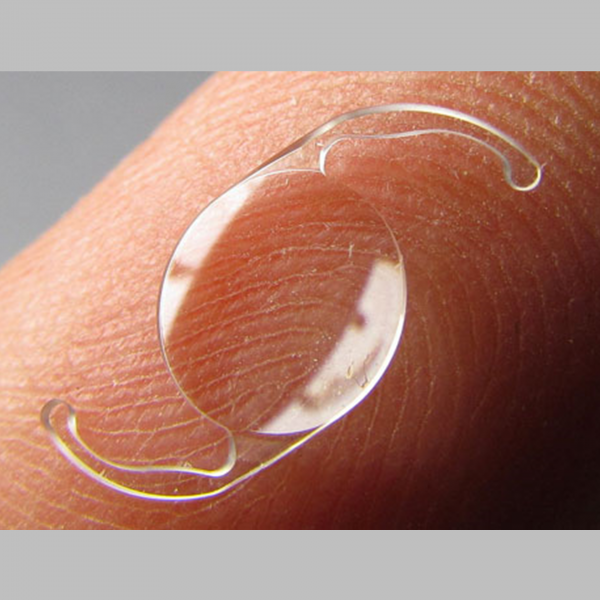

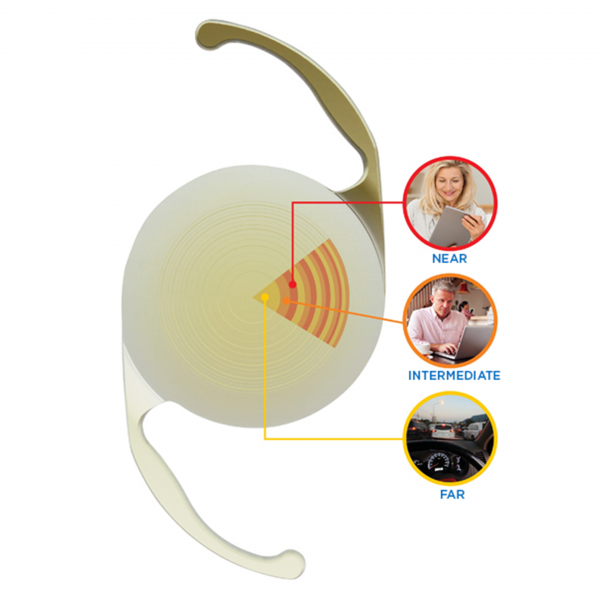
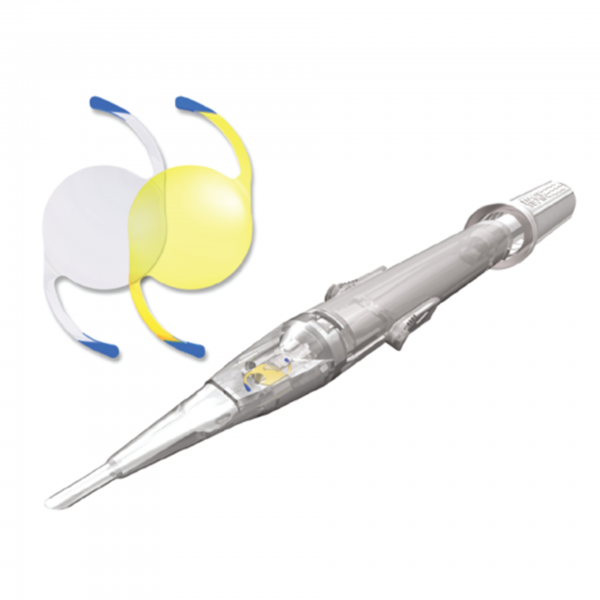
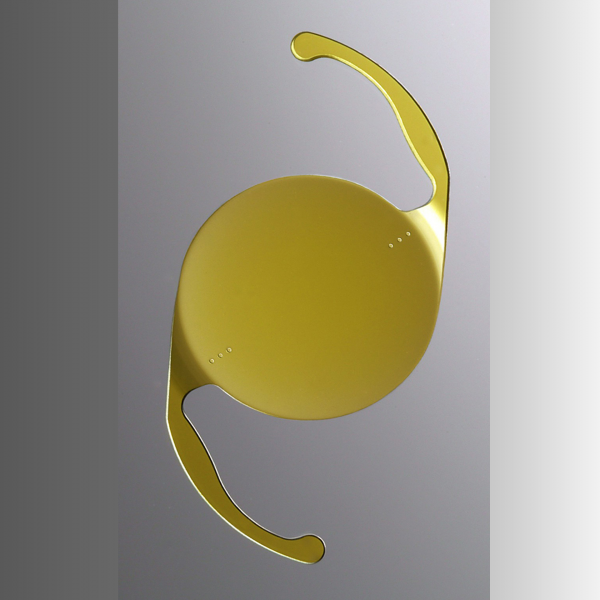
Return to normalcy
- You can resume to official work or business in a weeks’ time continuing to instil the drops as advised during post-operative session. You can travel, as well with appropriate safety goggles to prevent eye from infection.
- Kindly remember reading, though better than pre-operative period, may not be normal until you wear a glass in accordance with a new prescription which would be issued once you complete a cycle of eye drops and come for a review check-up which is usually 4-6 weeks after surgery.
